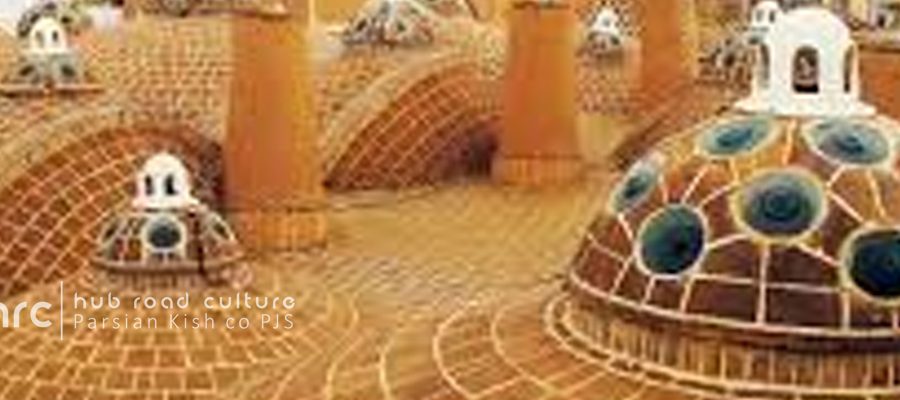City Introduction
A county in Isfahan Province with a 297,000 population in 81,816 families, according to 2006 census. It subdivides into four districts: the Central, Qamsar, Neyasar, and Barzok Districts, and the total of eight cities.
History
Kashan is one of the primary centers of civilization in pre-historic ages that dates back to the Elamite period of Iran. The city was once strengthened by a fortress/ Ghal’eh Jalali; the building of which, was by the order of Sultan Malik Shah I of the Seljuk dynasty (11th century). The fortress walls are still standing in central Kashan.Kashan was one of the main spots for Safavid Kings’ leisure time, that the earthquake of 1778 ruined it and all the edifices of Shah Abbas Safavi; nevertheless, this city has strongly up stood and continued its existence. Today, just by its numerous large houses from the 18th and 19th centuries, the city illustrates the finest examples of Safavid and Qajari Aesthetics.
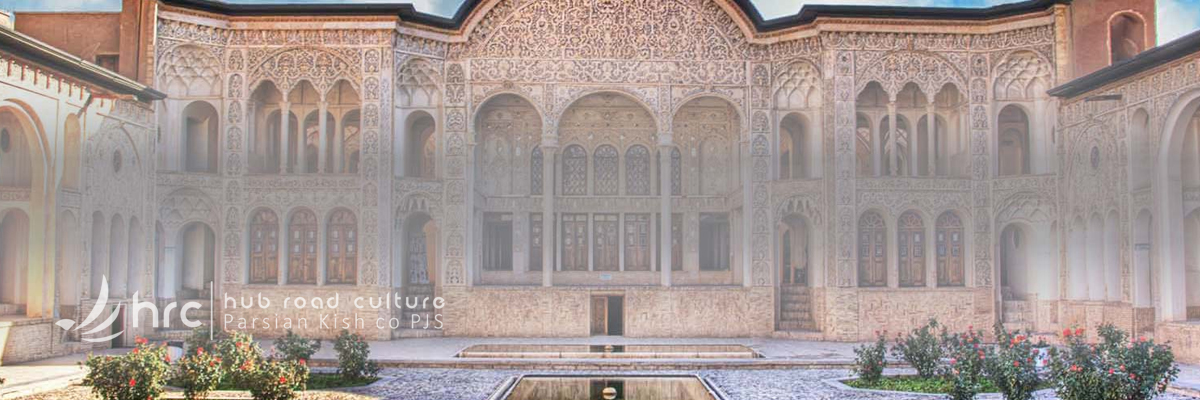
Attractions
This old historical city has lots of charms to offer its visitors generously; some of which are as follows:
Agha Bozorg mosque
A historical mosque, built in the late 18th century by master/ mi’mar Ustad Haj Sa’ban-ali. The mosque and theological school (madrasah) are located in the center of the city.Agha Bozorgh Mosque was constructed for prayers, preaching and teaching courses held by Mulla Mahdi Naraghi II, known as Āghā Bozorgh (literally means big or great lord; a name given by the Shah himself). Mulla Mahdi was the son of the legendary Mulla Ahmad Naraqi, who was the second strongest person in Iran after the king himself, Fath-Ali Shah Qajar.
Tabatabai House
The historical house museum in Kashan, was built around 1880 for the affluent Tabātabāei family, during the reign of the Qajar dynasty. As one of the prominent historic houses of Kashan, it covers nearly 5,000 square meters, including 40 rooms, 4 courtyards, 4 basements, 3 windcatchers, and gardens. It consists of the biruni (“exterior”, the public area) and andaruni (“interior”, the private quarters), features of Iran’s traditional residential architecture, decorated with stone reliefs, stucco, and stained glass.
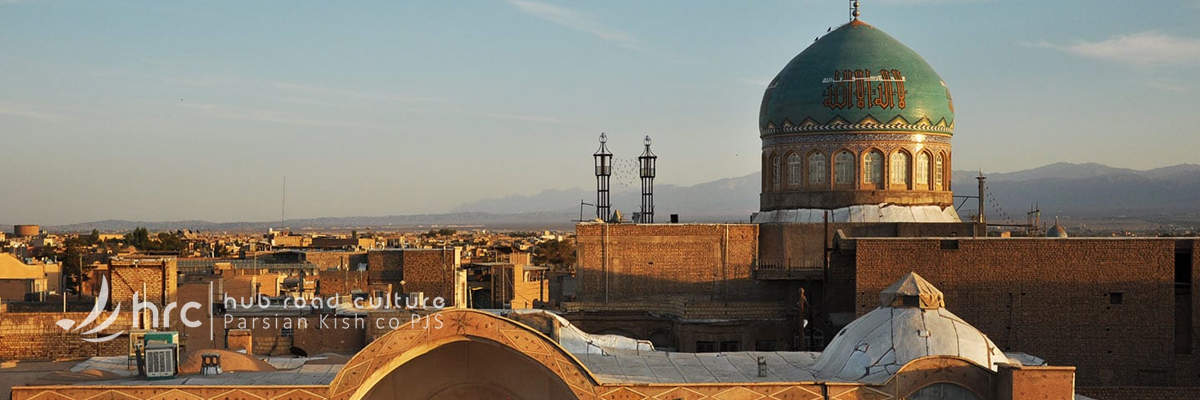
Amery House
A historic large house, which originally was built as a family residence during the reign of the Zand dynasty for Agha Amery, the governor of Kashan.Amery House was damaged through the earthquakes of 18th century, but was then rebuilt in the 19th century. With a huge property of 9,000 square meters (97,000 sq. ft), it contains dozens of rooms, two bathhouses, and seven courtyards with gardens and fountains. The main structure is made of brick, mud and straw, while the inner spaces are decorated with gypsum and mirror works.
Jalali castle
The walls around Kashan were built originally by Zobeyde Khatun, Harun al-Rashid’s wife; who sponsored many developmental activities in the different cities of Islamic countries. Down the centuries, the castle, tower and ramparts around the city of Kashan have protected its people very well. The gradual destruction of the castle was not the only historical misfortune of this defense structure. During the Afghans invasion, they also damaged the castle severely, but in the era of Nader Shah, it was partly repaired. The earthquake of 1778 in Kashan destroyed the towers and ramparts of Jalali castle even more, but by the order of Karim Khan the castle was repaired; this was done by the governor of Kashan, Abd-al-Razzagh Khan, whom meanwhile added two more gates to the five gates of the castle. Through the unplanned contemporary expansion of the city, the neighboring buildings have been destroyed.

Fin Garden
This historical Persian garden, contains Kashan’s Fin Bath, where Amir Kabir, the Qajar chancellor, was murdered by the order of King Naser-al-Din Shah(1852). Completed in 1590, the Fin Garden is the oldest extant garden in Iran, which covers 2.3 hectares with a main yard surrounded by ramparts and four circular towers. Keeping aligned with many of the Persian gardens of this era, the Fin Garden is fed from a spring on a hillside behind the garden. Then, the water pressure was such that a large number of circulating pools and fountains could be constructed without the need for mechanical pumps.This combination of architectural features of the Safavid, Zandiyeh and Qajar periods’ Garden, contains numerous cypress trees.
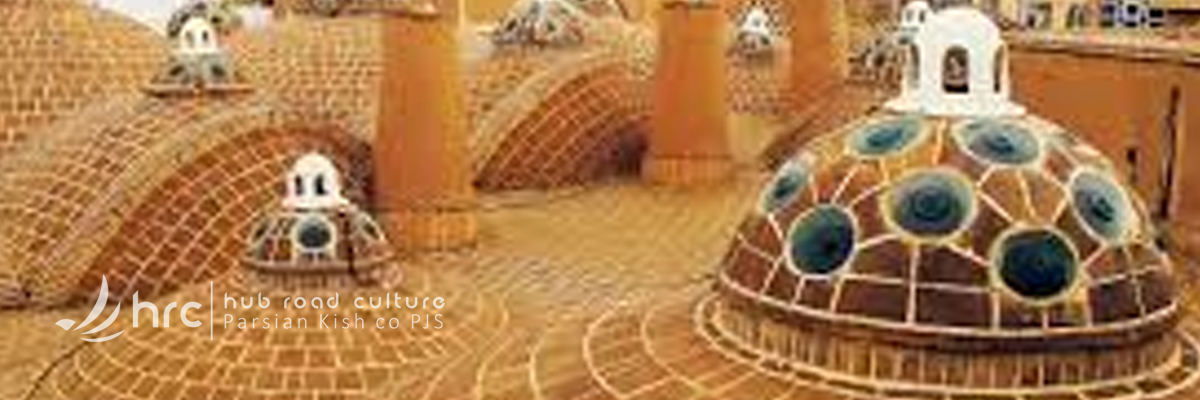
Tepe Sialk/ Sialk ziggurat
After 7,000 years, still standing in the suburbs of Kashan, it is a large ancient archeological site, close to Fin Garden; the culture of which, has been linked to that of the Zayandeh River.Sialk, and the entire area around it, is assumed to have originated as a result of the large water resources nearby, that so far are current today. For thousands of years, Cheshmeh-ye Soleiman/ Solomon’s Spring has been feeding this area from nearby mountains. The artifacts uncovered at Sialk are kept in the Louvre in Paris and the New York Metropolitan Museum of Art, and Iran’s National Museum.
Sultan Amir Ahmad Bathhouse
Named after Imamzadeh Sultan Amir Ahmad, it’s also known as the Qasemi Bathhouse. This is a traditional Iranian public bathhouse constructed in the 16th century, during the Safavid era. It was damaged in 1778 by an earthquake and renovated during the Qajar era. With an area of around 1000 square meters, the bath consists of two main parts: the sarbineh/ dressing hall and garmkhaneh /heater hall. The sarbineh hall, an octagonal-shaped salon with an octagonal pool in the middle, is separated from the outer section by 8 pillars. There are four pillars in the garmkhaneh, which make smaller bathing rooms all around as well as in the entrance section to the khazineh/ final bathing room in the middle. The interior face of the bathhouse is decorated with turquoise and gold tilework, plasterwork, brickwork, as well as artistic paintings. The roof of it, made of multiple domes, contains convex glasses to provide sufficient lighting into the bathhouse while concealing its inner space.
.
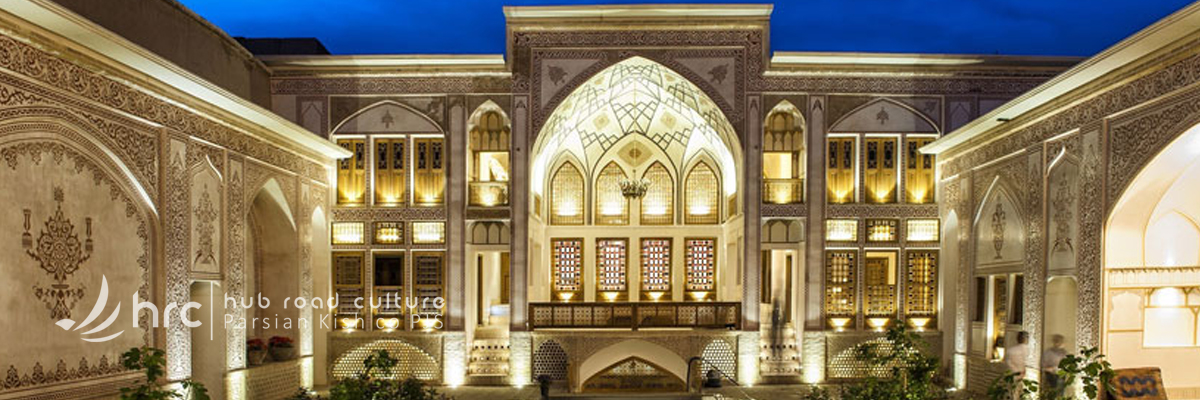
Bazaar of Kashan
It is thought that it has been built in the Seljuk era with next renovations during the Safavid period.
This bazaar has a famous architecture, especially at its Timche-ye Amin-o-Dowleh section, wherein a grand well was built on 19th century; still in use, it is a few miles in total length. This

